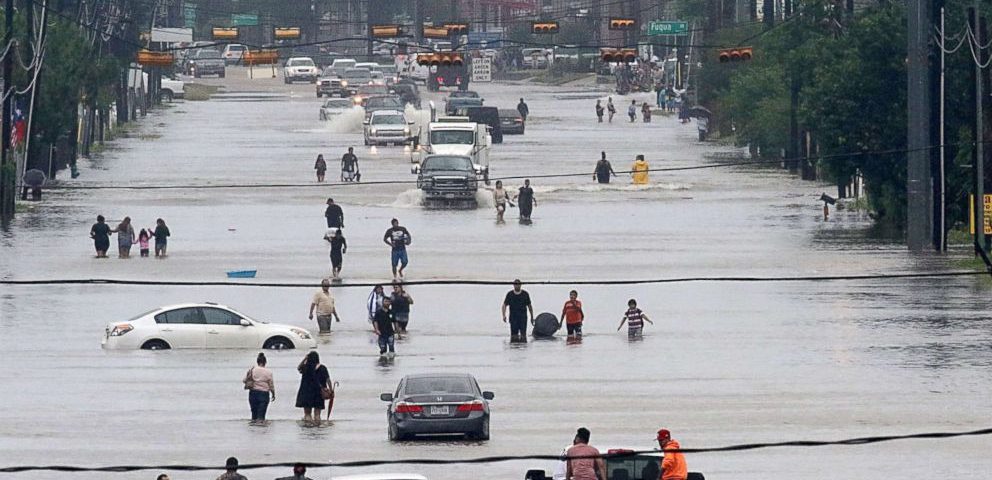Hurricane Harvey Stats and Facts
- Harvey was the most destructive hurricanes ever to strike the US
- $190 billion in damage to infrastructure
- 24.83 inches of rain in only three days
- 50% of Texas’s chemical plants closed
- 50 years since a category 4 hurricane hit TX
- 13 years a category 4 hurricane touched the USA
Hurricane Harvey, after making a landfall that is nearly unprecedented in Texas’ history, has turned out to be one of the most destructive hurricanes ever to strike the US. Statistics give us an idea of just how large the scope of Harvey’s destruction was, and three of the most prominent ones are listed here.
Cost
Hurricane Harvey is now poised to become the most expensive natural disaster in American history. While any weather event that broaches $1 billion dollars in recovery efforts is considered costly, the $190 billion-dollar mark set by Harvey displays its staggering scale. Although speculative, even a number $30 billion-dollars shy of this estimate would place Harvey above Hurricane Katrina’s $160 billion-dollar price tag.
One industry directly affected by this cost, Insurance, is likely to be one of the few that can bear the burden without too large of a hit. Thanks to pools of insurance capital being historically large at the moment, the industry is well-equipped do dole out the funds required by all the claims coming in, especially those claims dealing with flood-specific insurance (much of which is handled by the Federal Government’s flood insurance program).
Rainfall
Harvey’s most damaging aspect arrived in the form of rainfall, which came to a total of 24.83 inches over the course of only three days, with more rain being spread out over the course of a week. This made for Houston’s rainiest ever day and month respectively, and caused flooding which wreaked havoc on public, private, and industrial property. Swelling rivers and overflowing reservoirs were results of the downpour, further compounding the damage.
As an effect, flooding has caused more than half of Texas’s chemical plants to close their doors, which is likely to have a significant effect on the world-wide ethylene industry. Ethylene is a chemical used in a variety of products, and is a necessary component in many others such as plastics and antifreeze. The industry, whose supply is already insufficient to meet demand, could see a fifth of its production halted by Harvey.
Timeliness
It had been over fifty years since the last time a category 4 hurricane, of which Harvey was, touched town on the Texan coast. The year 1961 saw Hurricane Carla blasting through Port O’Connor and other towns, but damage to the city of Houston was negligible at that time. Regarding the entire USA, it had been 13 years since the last category 4 hurricane (Hurricane Charley, in Florida) blew in from the Atlantic.
Though rather unprepared for Harvey’s size and ferocity, Houston has shown resilience and timeliness with its response to the storm. There have been far fewer deaths according to most early Hurricane Harvey statistics Houston than occurred during Hurricane Katrina, as well as a speedy federal response.
